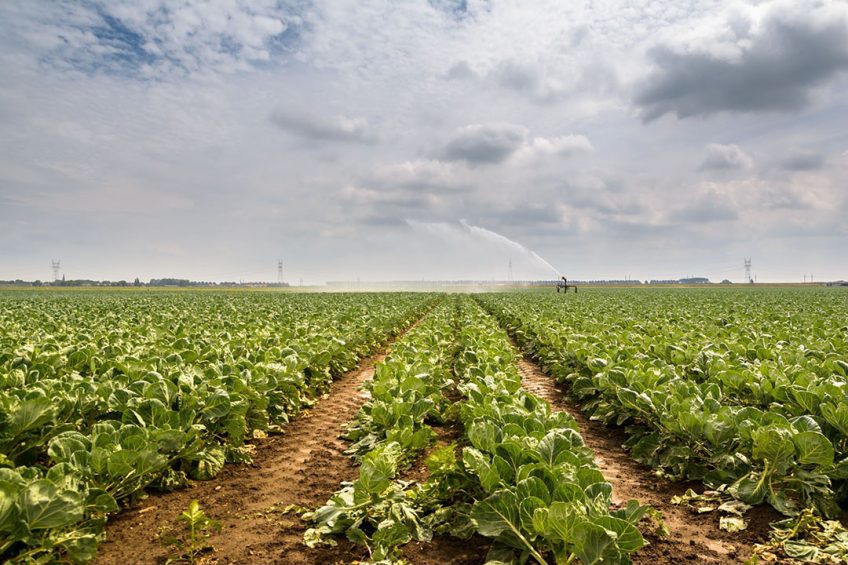BASF and Salient to provide seasonal weather forecasts

Long-range and seasonal weather forecasting data provided by Salient Predictions will be integrated into BASF Digital Farming’s agronomic decision engine by March 2021, with xarvio users expected to benefit by the end of this year.
BASF has signed a global commercial agreement with Salient Predictions, Inc. to provide farmers with access to accurate long-range, seasonal weather forecasting data to further enable precise agronomic decisions.
BASF says the decision to use Salient services was “based on its demonstrated ability to provide the best long-range and seasonal weather forecasting, with up to double the accuracy rate of compared to other available services.”
Focus on ocean data
Salient leverages proprietary algorithms based on a wide range of climate predictors, including a core focus on ocean data such as sea surface salinity readings, that can extract predictive signals from long-range weather patterns.
“Providing farmers with access to even better data that optimises crop production is our goal and what motivates us to continue exploring and partnering with innovative tech companies large and small,” says Jeff Spencer, Global Technology & Data lead, BASF Digital Farming.
“The weather data provided by Salient uses machine learning and is informed by a wide range of additional, unique sources to further improve its accuracy. We are confident that Salient’s forecasting data, when integrated with our advanced agronomic decision-making engine, will be of great benefit to farmers,” concludes Spencer.
Ordinary weather forecasting model accuracy “mostly a coin-flip”
According to Dr. Raymond Schmitt, President and Co-Founder of Salient Predictions, ordinary weather forecasting model accuracy is good out to about 10 days, but then degrades to “mostly a coin-flip”, meaning 50%, at timescales beyond two weeks.
“After years of research on the role of the ocean in the climate system, we have developed a unique suite of environmental parameters that, when combined with state-of-the-art machine learning techniques, enables vastly improved weather forecasts of temperature and precipitation from a minimum of three weeks up to a year ahead,” says Dr. Schmitt.
Also read: BASF and VanderSat offer farmers cloud-free biomass images



